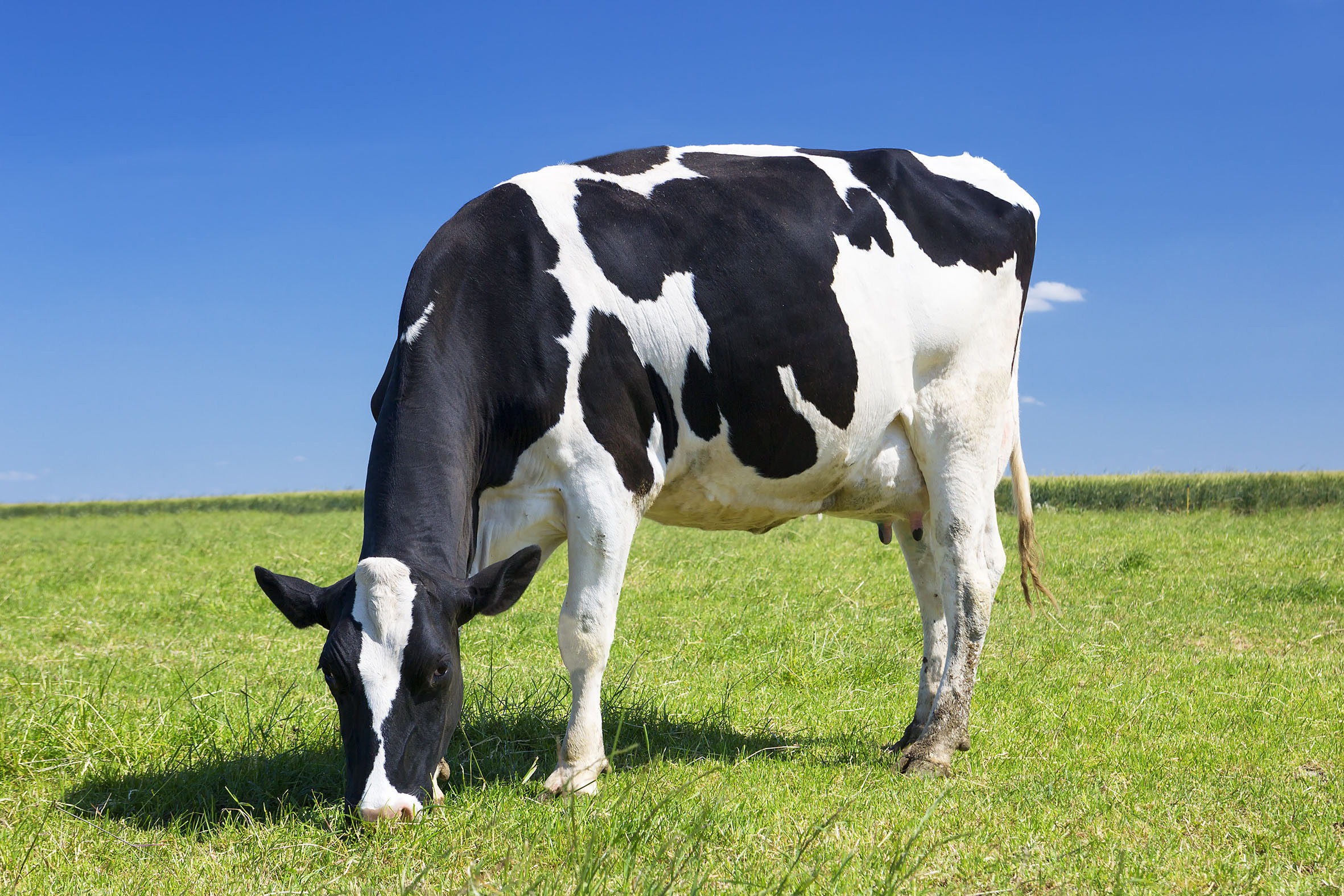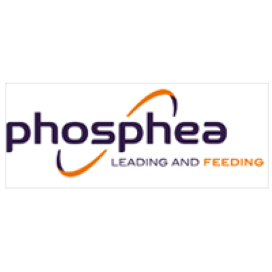Effect of phosphates on fibre fermentation

Phosphorus (P) is an essential element for animals as it takes part in structural functions and in metabolism. In ruminants, P is also used by ruminal bacteria, which needs for the fermentation, more than the double of the required P for maintenance.
Several reports mention that about 20 to 30% of dairy cows are suffering from subacute acidosis in Germany, England or Albania. This situation can be harmful for the productivity of cow and economical results of the farms. Therefore, it is common to add buffer substances such as sodium bicarbonate in the diet. However, it is important to notice that phosphates, already present in the feed, may also influence this parameter. A precise characterisation of these substances allows thus to optimise the feed formulation.
Ruminal fermentation trials
An in vitro study was conducted at the Centre Mondial de l’Innovation (CMI) of the Groupe Roullier, Saint Malo, France, to quantify the effect of phosphate source on ruminal fermentations during 6 hours. 2 phosphates were tested in triplicate: a monocalcium phosphate (MCP) and a calcium sodium phosphate (NEOPHOS – CSP) (see Table 1) and compared to a negative control without any phosphate (NC).
In each flask of 100 ml, there was 30 ml of ruminal juice from fistulated cows (INRA, Rennes – France), 30 ml of artificial salivary and 0.5g of substrate (70% corn silage, 20% hay and 10% concentrate). Phosphates have been added at a level of 9.3 mg of phosphorus (P) corresponding to an inclusion level of 15 g of P per day per cow. The flasks have been maintained in anaerobic condition and under agitation at 39°C. pH of the solution was 6.2 at the beginning of the experiment.
At 2, 4 and 6 hours, 3 flasks of each group were removed from the experiment and placed in the ice in order to stop the reaction before the analysis.
Impact of phosphate sources on ruminal pH
For all products, the gas production increased continually indicating the proper functioning of the experiment. The ruminal pH during the fermentation process was impacted by phosphates sources due to their different buffer capacity (Table 1). Whereas the pH dropped from 6.2 to 6.0 with MCP after 2 hours, it was stable with CSP.
The dry matter (DM) digestibility increased significantly (p<0.05) after 2 hours with csp (59%) compared to the nc (30%) or the mcp (26%). it leads to a higher adf and ndf digestibility with csp (62 and 59% respectively) compared to the other phosphates (mcp: 49 and 42% respectively – nc: 48 and 36% respectively).
Effect on volatile fatty acids
Finally, at the end of the experiment, the volatile fatty acid (VFA) production increased significantly with CSP (84.5%) compare to MCP (69.6%) and the NC (67.5%). The profile of the VFA also changed with phosphate source and the ratio between acetic acid and propionic acid has been reduced with CSP which reveals the buffer capacity of this product (Figure 1).
In conclusion, phosphate source can influence fibre fermentation. For any phosphate with citric acid solubility higher than 90%, P availability for cows in good condition doesn’t differ. However, the choice of phosphate source allows to optimise ruminal productivity which may enhance cow productivity.


